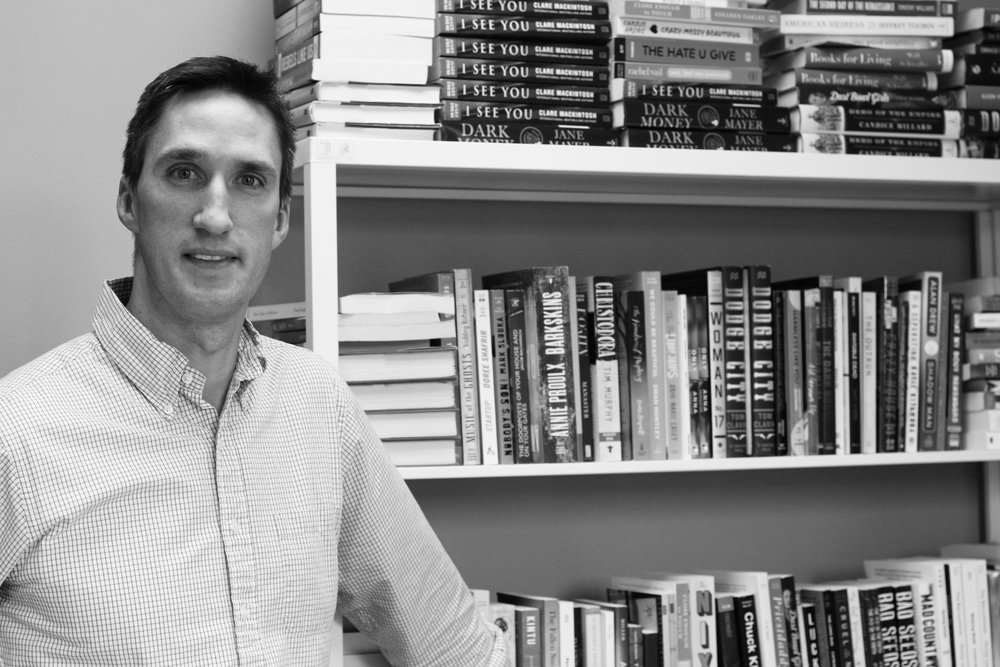This is Iconoclast of Things, and I’m your host, my name is John Evans.
Before he ever saw the ICE Warrant ordering his removal from the United State, Victor Herrera describes this one point in his life as an immigrant in the United States like this…
"I feel like I’m in a bucket full of shit, and I’m drowning in it.
But his life here, including the time in that bucket, is sort of bookended by these two meals that represent the highest and lowest points of his immigration story.
The low point, was his first when he landed in Guatemala in March of 2017. Victor and a plane-load of deportees, are ushered into a room attached to the City Airport. There’s marimba music playing over the PA. There are rows and rows of folding chairs. On each chair is a paper bag. It’s brought there by the Ministry of Foreign Relations. And in that paper bag is,
”two drinks, bread beans, welcome to Guatemala.”
That was Victor’s first meal upon returning to his native Guatemala in March of 2017.
The setting of that sack lunch is a lot different from another meal he recalled. One from his first life, back in Brooklyn in August, 2001. Prepared by his 24-year-old Dominican wife, Maria.
"She had all the Dominican customs of how to cook and how to serve their own way and so she had a bunch of plates with different stuff in it and different kinds of food and all and so when she served she said as soon as we’re done we’re taking a nap, and then I’m getting up and I’m gonna go to Sears. That was the last time I ever saw them alive."
Before he ever landed in that bucket of shit or the other side of our border wall Victor Herrera’s found himself on the wrong side of the Blue Wall. In his 27 years in America he’d go from a disconsolate millionaire to an outcast.
His story is the messy reality of immigration and deportation. It begs us to have a grown-up discussion about these immigration stories. It asks us all kinds of questions.
The biggest? Can we - or even should we - summon compassion for someone once we see them completely; once we know their whole story? And how does the answer to that affect every question we have afterwards?
Today’s things - plural - are Victor Herrera’s two meals. And this episode is “Possibly the Complications: The Immigrant Life of Victor Herrera”
















































